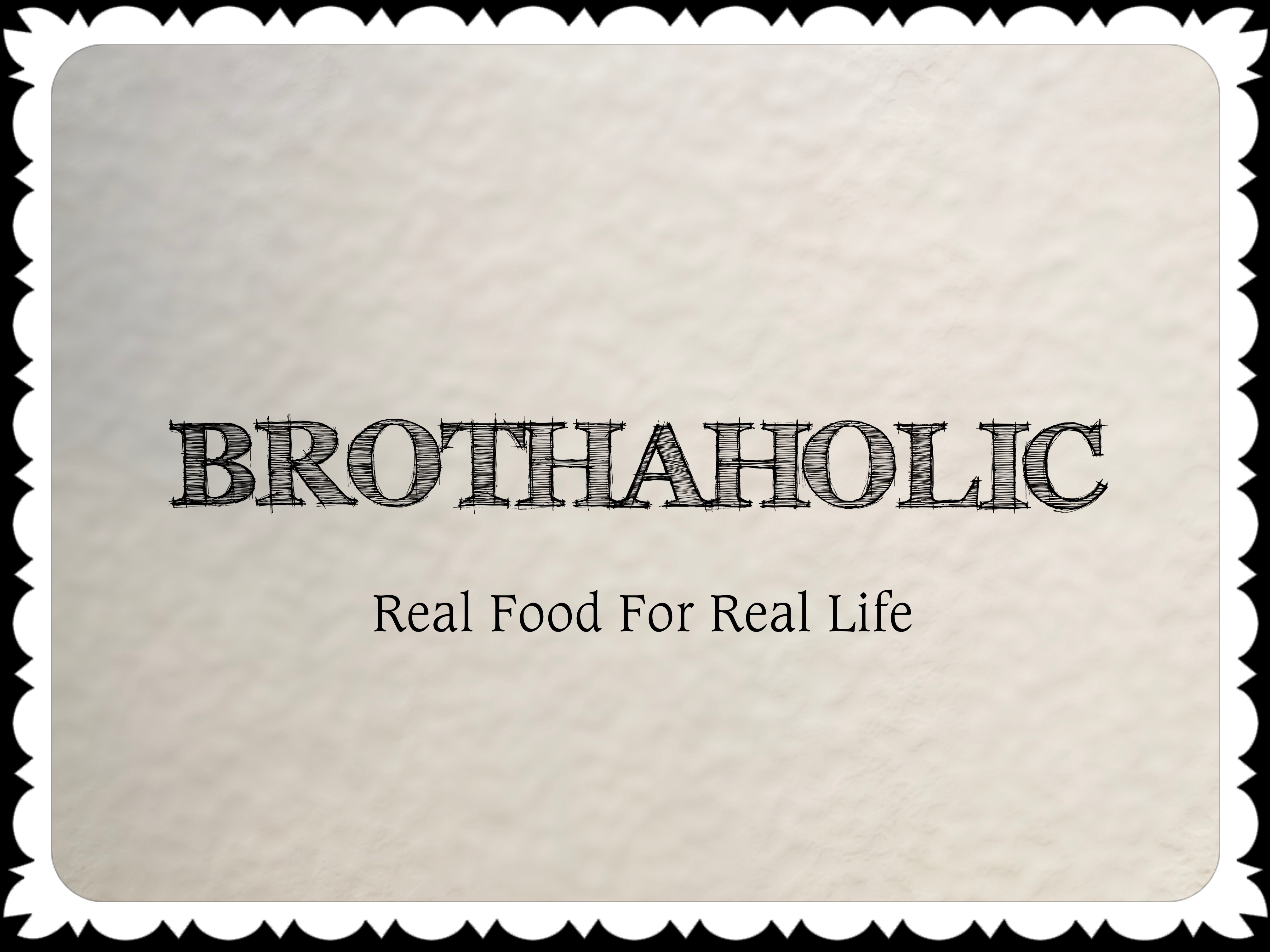
“Beans, beans. They’re good for your heart. The more you eat, the more you fart.” When I hear this I simply think, “Only if you didn’t prep them correctly.” Ahem. There’s different reasons why beans of each variety can be difficult to digest. One of the main reasons is due to phytic acid which keeps the nutrients and minerals in them from being easily absorbed. It also acts as a natural preservative. In some varieties, there’s also oligosaccharides that also needs to be neutralized. Beans are a cheap protein source and have many nutrients that Americans are regularly lacking like phosphorus and magnesium. They’re also a very good source of folate, which is needed by everyone, with a special emphasis on women of childbearing age as it prevents many birth defects.
Some folks say that phytic acid is good for us and refuse to do special preparation of grains, legumes nuts and seeds. Hey, I don’t live with them, so whether or not they get stomach aches, fill their homes with flatulence or eventually get tooth decay from the lack of mineral absorption isn’t my business. I do know what works for my family. I also know that when I eat such things that aren’t properly prepared on a regular basis, it causes great stomach distress for my breastfed infant….and always has. I’m breastfeeding my fifth child now, so while this insight isn’t a published study in a scientific journal, I know that it works for me and keeps me sane.
There will be two parts to this post. The next one will be about sprouting legumes. Don’t get overwhelmed by this. Reading these posts will take more time than it does to take a minute or two to properly prepare legumes. Sprouting takes more hands-on time, but not by much. You can read Part 2, which is about sprouting, here.
You may think, “Hey, just buy some canned beans already.” Well, there’s no way of knowing if they are properly prepared and many cans are lined with BPA, not to mention canned foods are just food stored in aluminum that was once highly heated. No thanks. Dried bean preparation is easy, delicious, saves money and helps me keep my toxic load to a minimum.
For kidney-shaped (non-round) beans:
Add a large pinch of baking soda to the bottom of a large bowl or whatever you use to soak beans and then cover them with filtered water (here). Let them sit for 12-24 hours, then rinse thoroughly and cook as you normally would. That’s all! Pretty easy!
For round beans, peas, lentils:
Add 1T apple cider vinegar or lemon juice/cup of dried legumes to the bottom of your bowl. Add in the legumes then cover with filtered water (here). Let them soak for 6-8 hours. Rinse thoroughly, then cook as usual.
These are some red lentils soaking for my family’s dinner tonight to be served as a delicious soup with a bone broth base. I personally choose organic legumes, because they are many times finished with RoundUp (glyphosate) before harvest in non-organic varieties. 

Comments